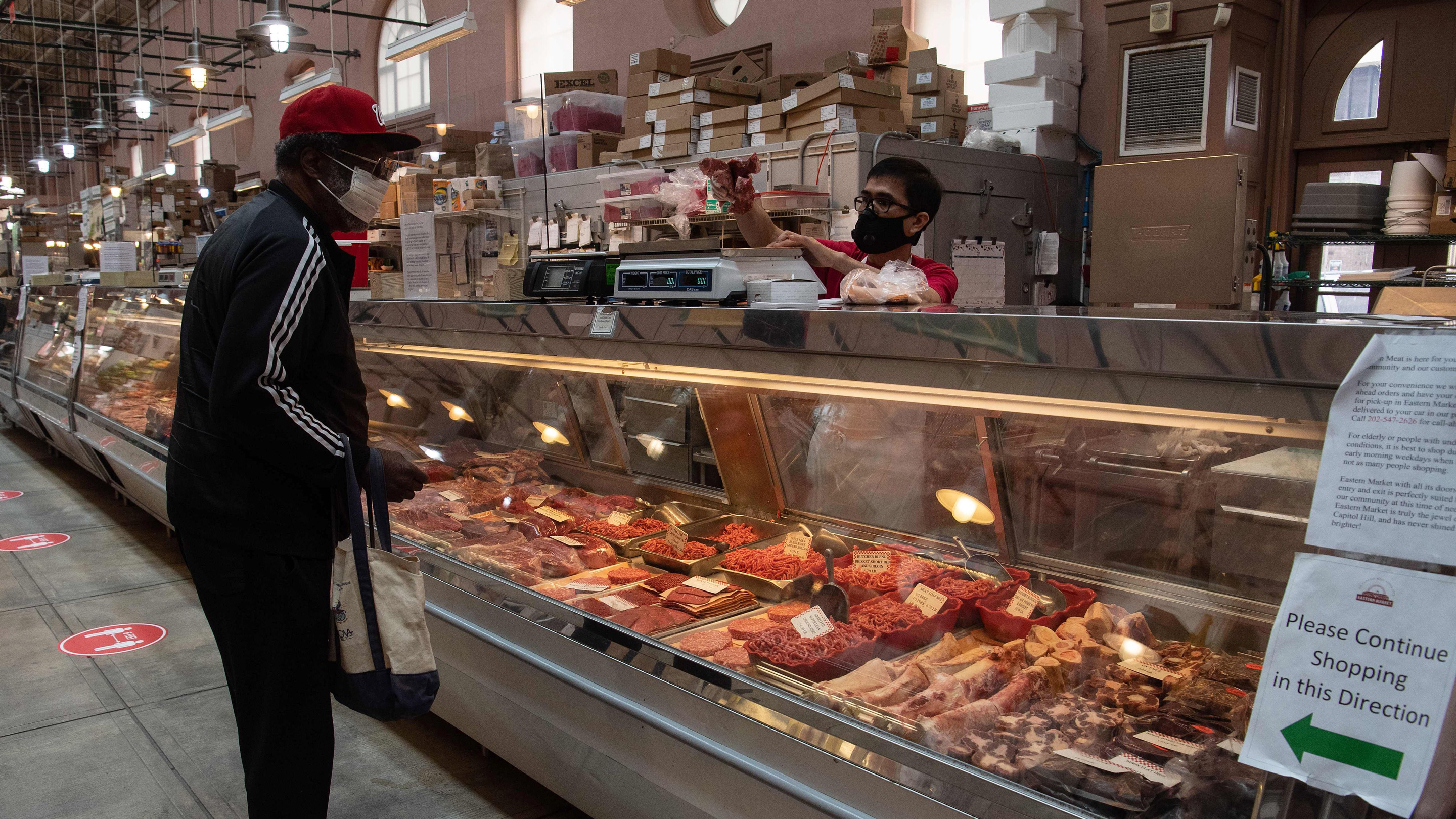Check Out the Local Flavor at Bagley Farms Meat Market Edwardsville IL: Fresh and Delicious
Check Out the Local Flavor at Bagley Farms Meat Market Edwardsville IL: Fresh and Delicious
Blog Article
Discover the Art of the Butcher's Cut in a Modern Meat Market
In the ever-evolving landscape of modern meat markets, the butcher's cut has actually transcended its typical roots, merging olden workmanship with contemporary techniques. Today's butchers are not simply cpus of meat; they are well-informed craftsmens that stress sustainability and honest sourcing. Their knowledge in choose and preparing cuts tailored to certain cooking requirements offers an exceptional dining experience. Yet, what genuinely sets the contemporary butcher apart is their ability to forge a much deeper connection between customers and the origins of their meat. Just how do these masters balance tradition with advancement, and what ramifications does this have for the future of meat usage?
Advancement of Butchery Techniques
The development of butchery strategies mirrors a rich tapestry of advancement and adaptation driven by developments in innovation, modifications in customer demand, and a much deeper understanding of meat scientific research. Historically, butchery was a craft passed down through generations, with approaches sharpened over centuries to take full advantage of yield and flavor. However, the industrial revolution introduced automation, changing traditional methods and enabling massive handling.
The mid-20th century saw butchery strategies additionally improved by clinical insights into muscle mass biology and meat aging, boosting both tenderness and preference. Developments like vacuum cleaner packaging and refrigeration expanded item shelf-life, allowing butchers to expand offerings and improve quality control. This duration additionally marked the surge of customized tools, such as band saws and meat slicers, which increased precision and performance in meat processing.

Digital systems currently assist in monitoring animal provenance and optimizing cuts to meet particular client choices. Additionally, a rebirth in artisanal butchery has actually arised, blending traditional abilities with modern-day expertise to provide to customers looking for honest and lasting meat choices.
Comprehending Meat Cuts
Understanding the ins and outs of meat cuts is vital for both butchers and consumers seeking quality and worth. For butchers, accurate cuts reflect ability and respect for the craft, ensuring marginal waste and ideal return.

Understanding muscle mass make-up is crucial; muscles made use of extra regularly by the pet have a tendency to be harder and are best matched for slow cooking approaches, while less-used muscular tissues, like those located in the loin, are a lot more tender and suitable for barbecuing or roasting. Familiarity with these differences equips consumers to make educated choices, improving their cooking undertakings.
Picking Quality Meat
Choosing the ideal meat entails greater than just selecting a visually appealing piece from the display. bagley farms meat market edwardsville il. The art of picking top quality meat needs a critical eye and expertise of certain advice qualities that indicate freshness and quality. First of all, focus on the color; beef should have an intense, cherry-red color, while lamb ought to show a soft pink tone, and pork a pale pink. This shows the meat is fresh and hasn't been subjected to oxygen for too long.
Secondly, consider the marbling, which describes the white streaks of fat within the muscle. Correct marbling is a key indication of tenderness and flavor, as it melts during cooking, enhancing the meat's juiciness. Remember, greater marbling typically correlates with premium quality cuts, such as USDA Prime.
Structure is an additional vital aspect; meat must feel strong to the touch, not slimy or excessively soft. In addition, be mindful of the aroma. Fresh meat ought to have a clean, neutral scent, without any kind of sour or off-putting smells.
Combining Cuts With Cooking Techniques

Alternatively, harder cuts like brisket and chuck roast are rich in collagen, which breaks down into gelatin when prepared gradually. These cuts are suitable for braising or slow roasting, enabling the meat to tenderize gradually and develop deep, complex tastes. Similarly, cuts such as short ribs and pork shoulder prosper with slow-cooking techniques, where expanded cooking times change their robust structures right into delicious recipes.
Lamb shanks and oxtail, which need long term food preparation to soften, are ideal candidates for stewing or sluggish simmering. These approaches coax out abundant, passionate flavors while maintaining dampness. By understanding the unique qualities of each cut, chefs and home chefs alike can boost their cooking creations, ensuring each dish is both satisfying and remarkable.
The Butcher's Duty Today
Browsing the developing landscape of the contemporary meat market, the butcher's role today prolongs beyond simple prep work of cuts. Contemporary butchers are cooking artisans, instructors, and supporters for lasting practices. They connect the void in straight from the source between the ranch and the visit this site fork by making certain honest sourcing, comprehending animal husbandry, and prioritizing transparency in the supply chain. This shift reflects the growing customer demand for top quality over amount, where provenance and animal well-being are paramount.
Along with crafting accurate cuts, butchers currently engage directly with consumers, offering cooking suggestions and customizing selections to fit specific demands and choices. Their experience in meat aging, marbling, and taste profiles equips customers to make enlightened choices, enhancing their cooking experiences. This personalized solution exhibits the butcher's evolving function as a trusted advisor in the kitchen.
Furthermore, butchers are pivotal in reducing waste, using whole animals to create varied products such as sausages and stocks. This thorough method not just appreciates the pet however likewise aligns with contemporary sustainability objectives. By doing this, the modern butcher personifies both tradition and innovation, adjusting to an ever-changing market while preserving the creativity and honesty of their craft.
Conclusion
Proficiency in recognizing diverse meat cuts and high quality signs encourages butchers to offer enlightened recommendations, straightening particular cuts with ideal cooking approaches. By recognizing historical methods while welcoming modern needs, the butcher's duty stays essential in today's sophisticated meat market.
Report this page